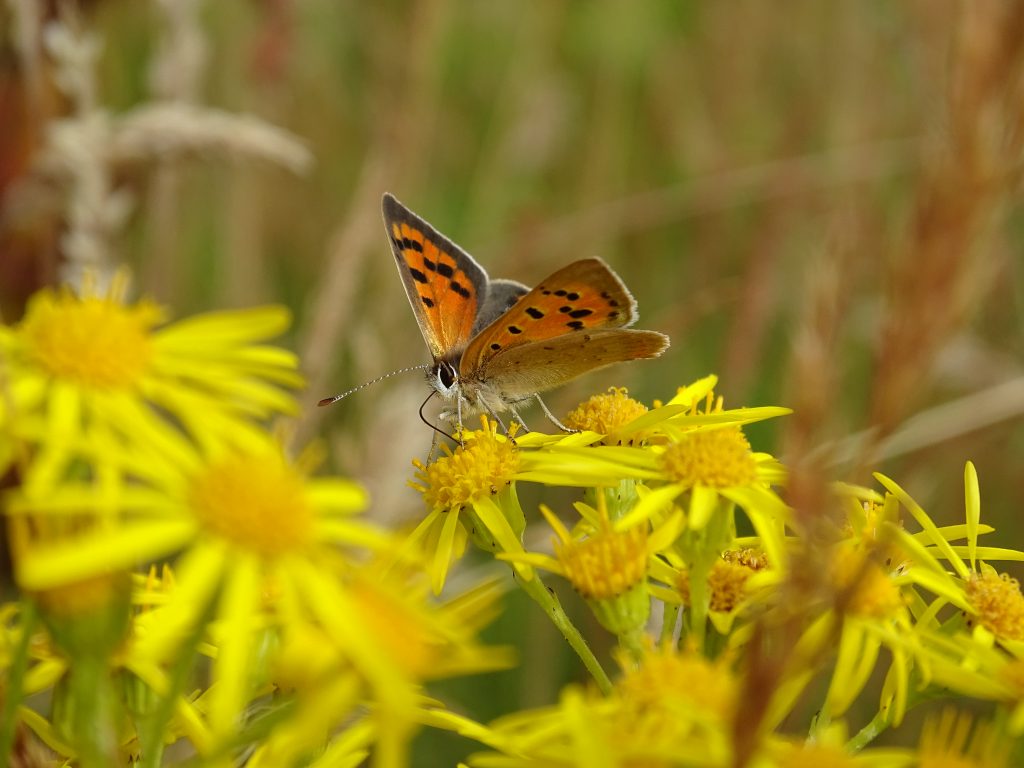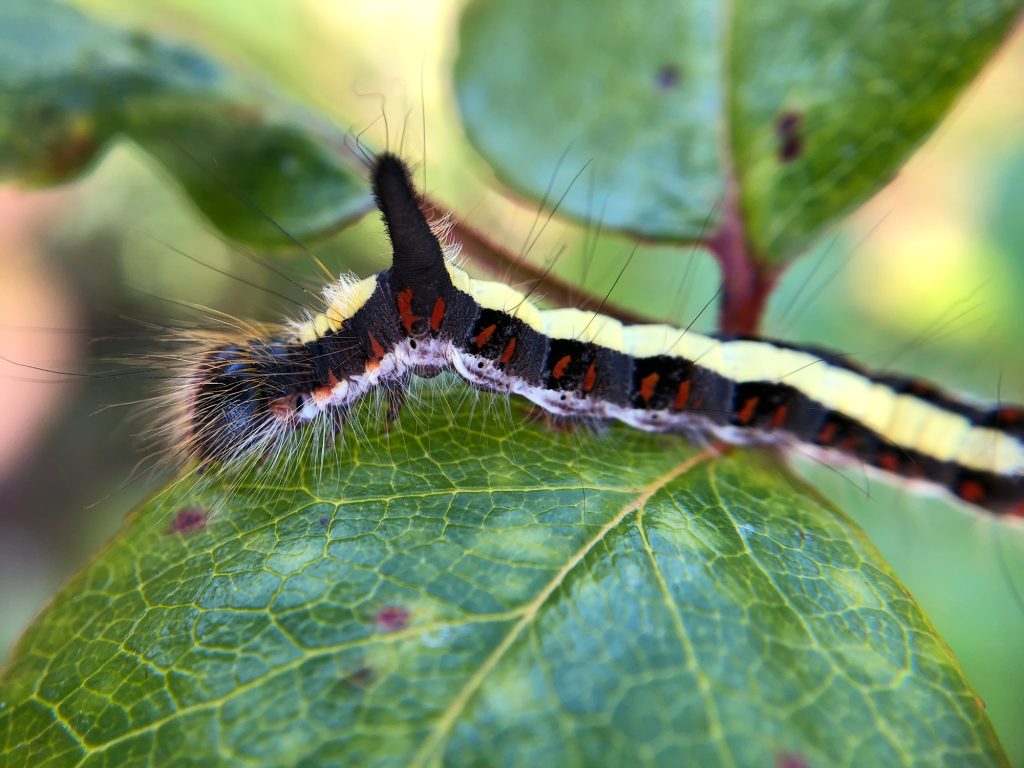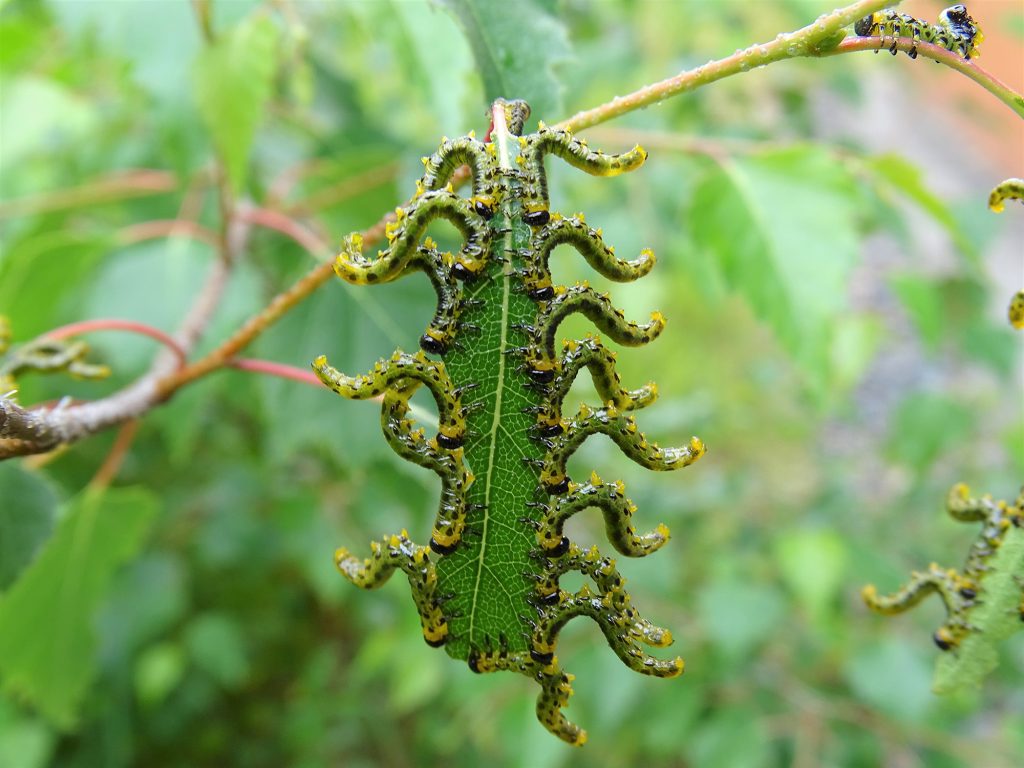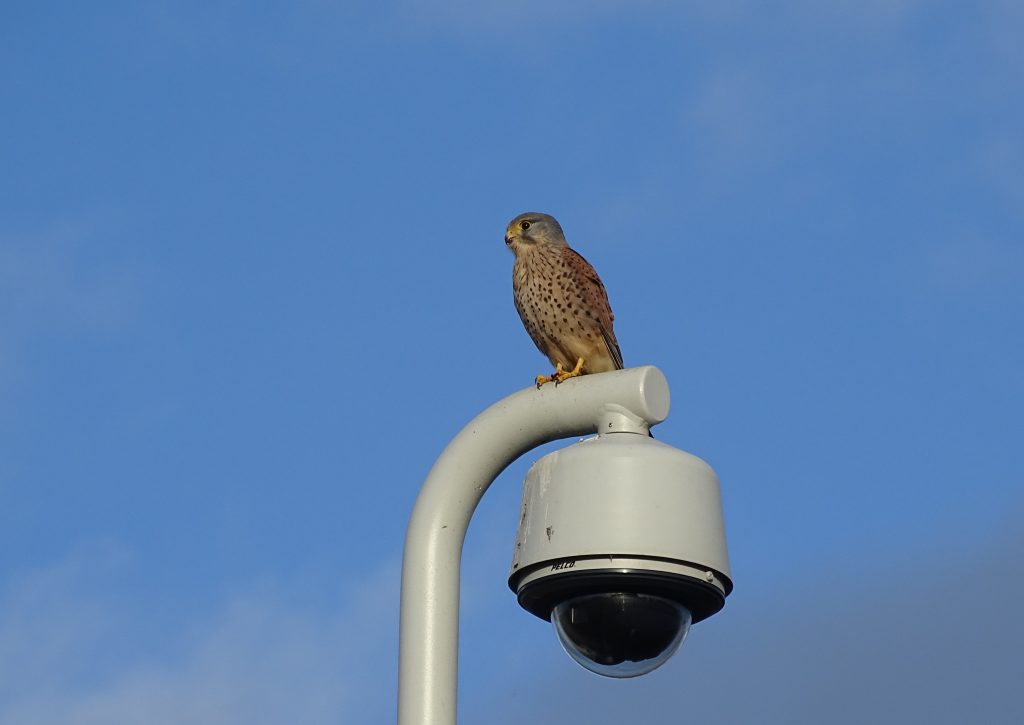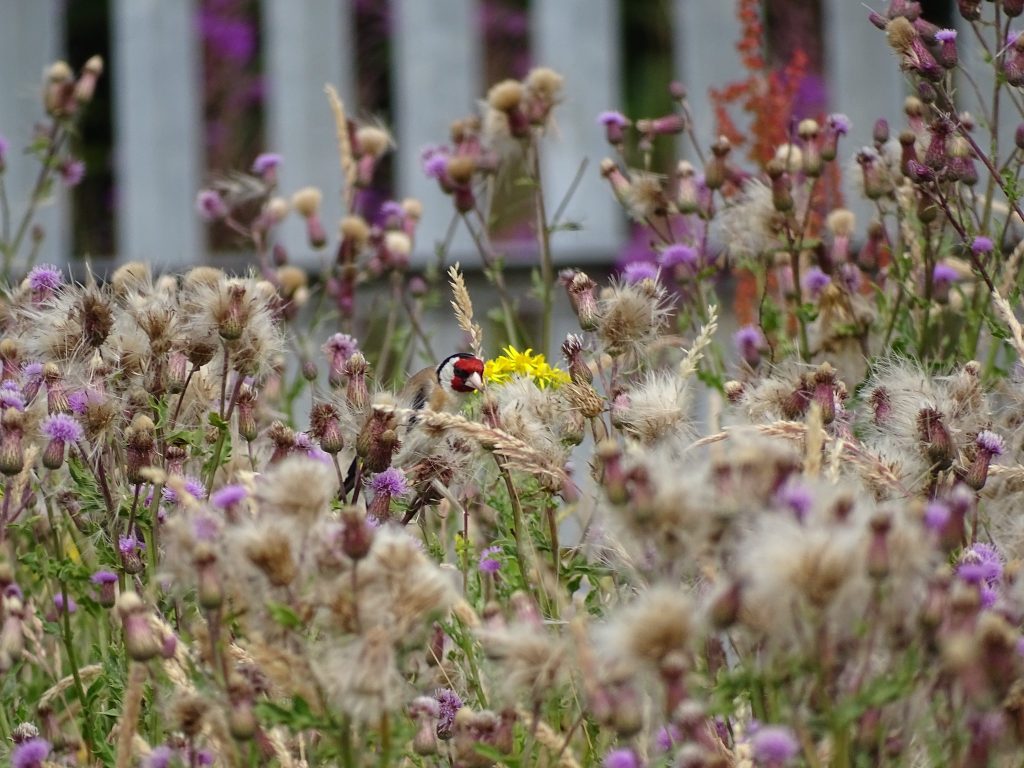The global environmental emergency is the biggest challenge facing our world. Large-scale biodiversity loss is a big part of this. While you might not think the urban areas many of us live in are particularly biodiverse, Assistant Curator Ashleigh Whiffin will change your mind and offers some tips for how to make a bit of space for nature.
‘Biodiversity’ refers to the incredible variety of plants and animals that we share this planet with. It’s this variety that truly is the spice of life. A loss in the variety of life can lead to a breakdown in the functioning of an ecosystem where decline has happened.
For me and many of my colleagues in the Natural Sciences department, research on biodiversity is at the core of our work. Our collections contain millions of animal specimens, developed over the course of 300 years, providing examples of the world’s rich biodiversity. These scientifically valuable specimens are housed at the National Museums Collection Centre (NMCC). This is where we prepare, identify, conserve and research these collections.
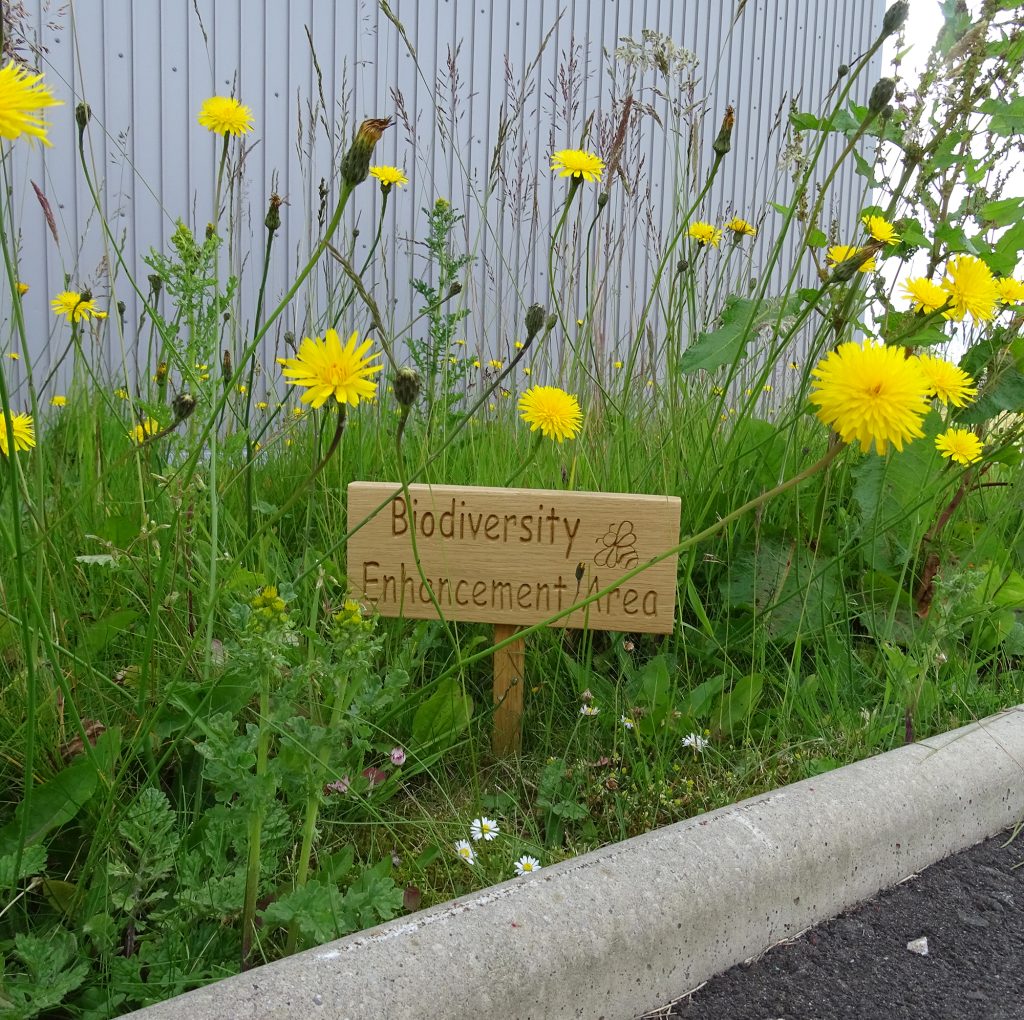
The centre’s site in Granton is a mixture of old and new buildings, and two car parks, with small patches of green space laced between them. You’d be forgiven for assuming that this is not the type of place where nature can thrive. But look closer…
Biodiversity on our doorstep
As an entomologist, I’m always on the lookout for insects. Over the last few years, I’ve casually recorded some of the species found on site. However, with COVID putting previously scheduled fieldwork on hold, my attention turned a little closer to home. I began a broader survey of the animal and plant life at the NMCC. In early Autumn 2020, I conducted a BioBlitz: a snapshot of all the species in an area at a particular time. This led to more regular surveying, to capture the diversity of life on our site, across the seasons.
As part of the museums’ commitment to sustainability, we have made changes to the way we manage the green space at NMCC. ‘Weeds’, wildflowers often deemed to be growing in the wrong place, have been allowed to flourish, encouraging a diverse mix of flowers and grasses. These in turn encourage and support a wide range of insects and other invertebrates. So far, we have recorded several species of bee, including five different bumblebees and two species of leafcutter bees.
We’ve recorded 14 different species of butterfly and lots of wonderful moths, including Poplar Hawkmoths, Orange Swifts, Canary-shouldered Thorns and the striking red and black day-flying Burnet moths, who visit our green space to feed on the wildflowers. I’ve been delighted to find that some of these insects are breeding on our site too. We have discovered caterpillars of Painted Lady butterflies, the iconic Cinnabar moths, as well as the striking caterpillars of the Grey Dagger moth and some rather eye-catching Sawfly larvae.
In late summer, the site is serenaded by Common Field grasshoppers (Chorthippus brunneus) with the males ‘singing’ to females by rubbing their legs against their wings. Speckled wood butterflies soak up the September sunshine, feeding on the ripe blackberries. Any remaining flowers are covered in hoverflies.
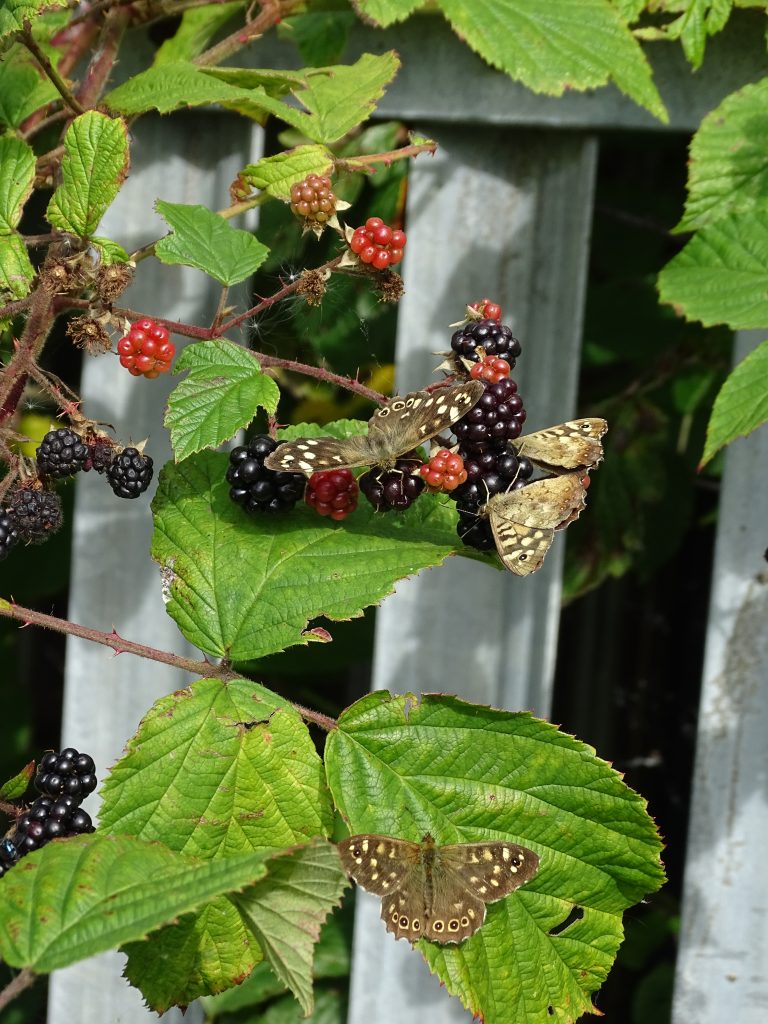
It turns out that our site and the surrounding area are supporting enough invertebrate life to sustain a variety of birds and mammals too. So far, we’ve observed Field voles and there is evidence, in the form of paw prints and dung, that a fox visits the site. We’ve recently installed camera traps to monitor these elusive visitors.
My colleagues and I have also conducted a couple of evening surveys, which confirmed that Common pipistrelle bats visit our grounds too. Another regular in the area is a Common kestrel, who staff have taken to calling Grant. For me, the bird highlight has been the flock of Goldfinches that fed from the seed heads of the Creeping thistle, a food source that simply wouldn’t exist if we kept the grounds neatly manicured.
You can follow our local, but important, discoveries on Twitter. I’ve been using #NMCCbiodiversity to share our observations and the work we’re doing from my own account and the official Natural Sciences account.
During lockdown, many people found that they connected more with nature and developed a greater appreciation for their nearby green spaces and local biodiversity. Nature helped us during these difficult days, but it’s also helping us silently, every single day, through essential services such as pollination of crops, decomposition of waste and predation of pests. Biodiversity has a direct impact on all our lives.
What can I do?
Like us, our local biodiversity is also facing challenging times, with the constant threat of habitat loss, attack from herbicides and pesticides and the negative impacts from climate change.
The good news is we can all make a difference. Through the smallest of actions, we can help support our struggling biodiversity. If you have a garden, one of the easiest things you can do for wildlife is, well, nothing. Let it go a bit wild! Avoid mowing your lawn so regularly and instead watch the wildflowers emerge and the pollinators reap the benefits. Even more importantly, refrain from using any pesticides or herbicides. We really don’t need them in our gardens, and they are harmful to beneficial plants and wildlife.
If you want to be more proactive, you could plant some wildflowers to increase the food available for local pollinators. These can be grown in pots or a window box too. Our top tip is to source native, perennial seed mixes of known UK provenance. You can also create some new habitat by making a small pond or leaving a log pile.
Another way you can benefit biodiversity is by conducting your very own BioBlitz. All you need is a camera and access to the internet. It’s helpful to have a pot/container handy to temporarily capture any fast-moving insects or other small invertebrates, so you can take photos of them. You should then make a note of the exact location you found it in, the date and any useful observations, such as what you found it on. Then you can try to identify what you’ve seen. There is a wealth of free resources available online to help you.
The final and most important step is sharing your observations. This turns these simple sightings into useful scientific data by submitting the information to citizen science portals like iRecord. By sharing your sightings in a structured way, you’ll be able to assist researchers who are studying our precious wildlife populations and ultimately help conserve them.
Supporting biodiversity is not reserved for scientists and conservationists, it’s something we should all get involved with. We can all help make a bit more space for nature.
